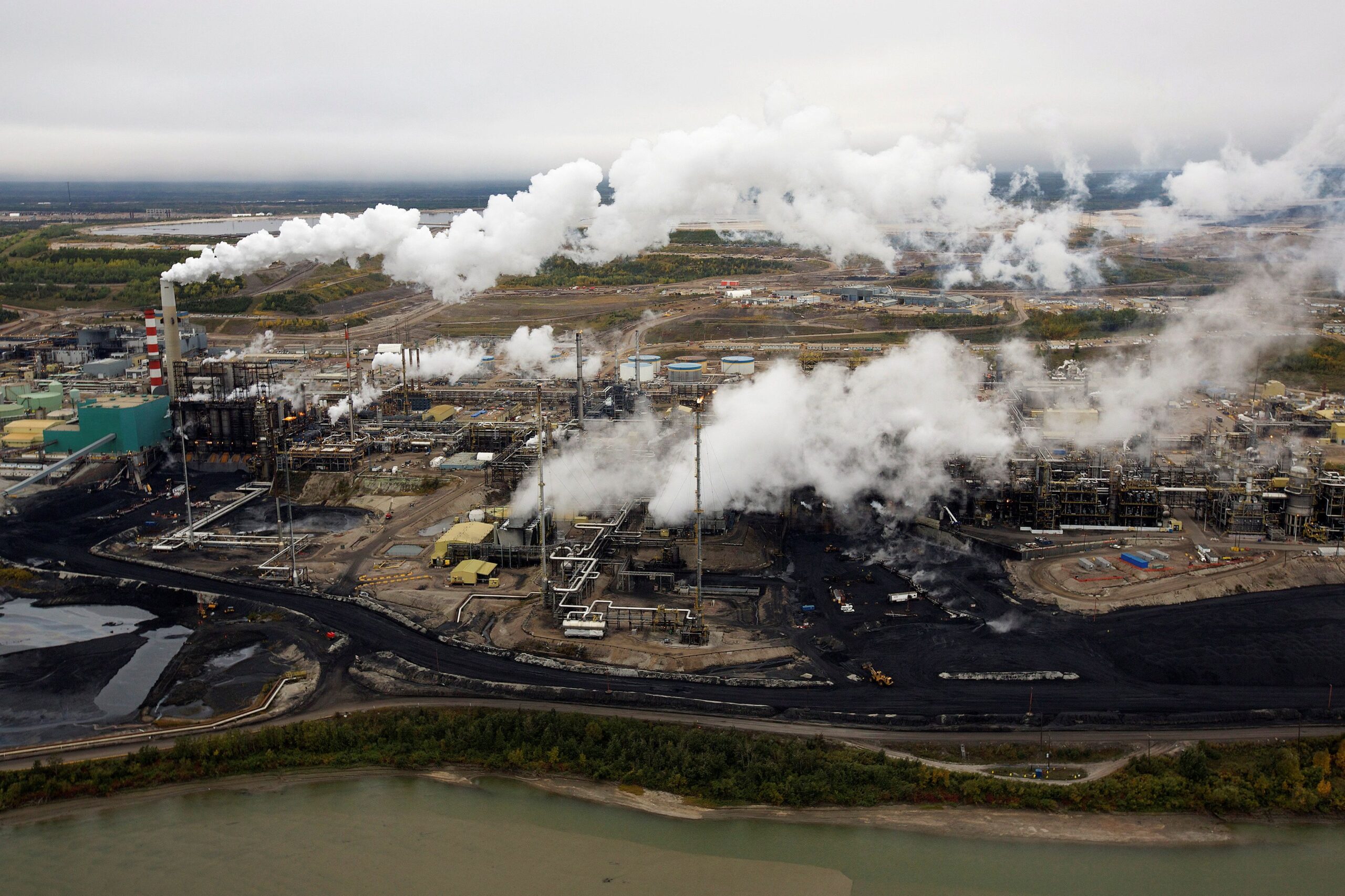Wildfires have once again wreaked havoc in Alberta, the heart of Canada’s oil-producing region. The blazes have left a trail of destruction, disrupting more than 344,000 barrels per day of oil sands production. This amounts to about 7% of the country’s total crude oil output. The fires have forced major operators to evacuate workers and halt production as a precautionary measure.
Canadian Natural Resources took immediate action by evacuating workers from its Jackfish 1 location and shutting down approximately 36,500 barrels per day of bitumen production. Similarly, Cenovus Energy evacuated non-essential personnel from its Christina Lake oil sands site, resulting in the shutdown of around 238,000 barrels per day of production. Despite the chaos, there have been no reports of damage to infrastructure so far.
MEG Energy also felt the impact as it evacuated workers from its Christina Lake site. While production continues at the site, power outages caused by the fires are delaying the startup of Phase 2B operations, representing about 70,000 barrels per day of production. Additionally, wildfires have affected Alberta’s conventional oil-and-gas production with Aspenleaf Energy being forced to shut in approximately 4,000 barrels per day due to a blaze near Swan Hills.
The situation is dire not just for Alberta but also for neighboring provinces like Manitoba and Saskatchewan, where active fires continue to pose threats. In Minnesota and North Dakota, air quality has deteriorated significantly due to smoke drifting from Canadian fires. These recurring wildfire incidents highlight the vulnerability of oil and gas production in this region.
Alberta Premier Danielle Smith expressed grave concerns over the escalating crisis as she revealed that nearly 400,000 hectares (988,422 acres) have already burned in the province—a staggering increase from just last week’s figures. With close to 5,000 people evacuated so far and emergency response efforts underway across multiple provinces, authorities are bracing themselves for further challenges ahead.
“We’ve got to be able to respond in a way that is going to be rapid,”
said Premier Smith during a press briefing in Saskatoon. The Canadian Interagency Forest Fire Centre reported that as of June 1st alone, a massive total of 1.4 million hectares have already succumbed to flames countrywide.
This isn’t an isolated incident; wildfires have repeatedly disrupted Canada’s energy sector over the years. From Suncor Energy curtailing production due to nearby blazes last year to thousands of evacuations during Fort McMurray’s devastating wildfire in 2016—these events underscore the volatile relationship between nature and industry in this resource-rich region.
As experts analyze these incidents closely each year — weighing economic losses against environmental impacts—the resilience and adaptability of Canada’s energy sector are put under intense scrutiny amidst growing climate concerns globally.






Leave feedback about this